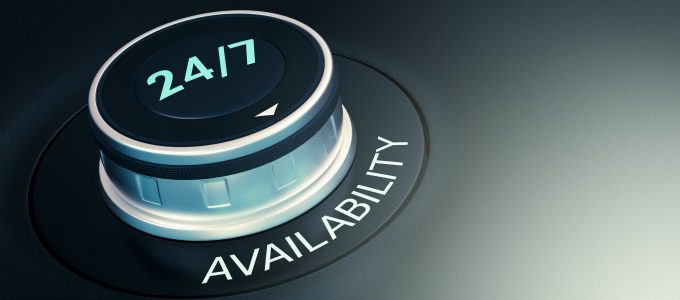In a rapidly changing world with consumers who change their preferences even faster, companies have to evolve past traditional learning and development strategies from decades past. That’s where the idea of continuous learning comes in.
Instead of large initiatives and strategies aimed at bolstering business, continuous learning relies on delivering short, frequent bursts of information to employees, usually electronically, that allows them to adapt on-the-fly to changes within a company. Continuous learning can come in the form of videos, lessons and articles, among other methods.
“Business and technology is changing at such a rapid pace, it’s hard to keep up,” said Rob McKinney, director of product management at Harvard Business Publishing. “That’s exactly why a lot of organizations are pushing out content to” their employees.
Staff cuts in learning departments in recent years are another reason companies struggle to stay on top of trends, McKinney said. Therefore, individual employees bear more responsibility to stay up-to-date on industry trends and business practices.
McKinney and his team developed two products — LeadingEdge and Harvard ManageMentor — as part of an effort to deliver methods of continuous learning to organizations looking to explore alternative learning avenues and help employees keep up with change.
The products function as a database for a wide variety of areas and can help employees research new trends, explore topics in depth or discover an entirely new concept to study. Individuals also can practice what they have learned through assessments, application and reflection activities.
“It’s designed from a self-driven perspective — to find, explore and instantly work to apply it,” McKinney said.
Cinepolis — a Morelio, Mexico-based movie theater chain — implemented a continuous learning model to revamp the movie-going experience for its guests, McKinney said. The company used LeadingEdge to engage employees in a businesswide effort to better align the company’s objectives with its customers. Once Cinepolis discovered what consumers wanted, each employee was responsible for coming up with ways to address these needs. The result: leather reclining seats, food delivery and a mobile app that allows guests to pre-order food to have ready when they arrive to the theater.
Changing mindsets from traditional learning strategies toward a continuous model isn’t as simple as flipping a switch. McKinney said he emphasizes five methods to empower continuous learning:
- Seek out credible content sources.Steer employees to vetted sources of relevant, quality content fast by curating and using trusted content providers.
- Offer a variety of content options.Provide a spectrum of options such as short briefs, in-depth articles, different genres of video and even structured learning experiences to allow for practice and reflection to meet differing learning styles and needs. Offer content for all levels within the organization.
- Make sure content is broadly available. Integrate content with primary learning platforms, but make it available in common work environments to create multiple access points. Use technologies such as mobile access and single sign-on to remove as many barriers as possible.
- Put content in an organizational context.Communicate why topics are important and how they align with the organization’s strategic imperatives.
- Provide tools for action and to inspire further exploration.Offer ideas on how to use content to start or drive conversations within teams or with colleagues. Make suggestions on how to apply learning in the workplace. Provide tools to assess where the learner or organization is today, and to determine how to set a path forward.
McKinney said these methods will make the transition to a continuous learning model easier for learning leaders hesitant to adjust their strategy. They cannot work in a vacuum, however. Continuous learning is an important tool for learning leaders to use, but it likely should only supplement what learning teams are already doing.
“It’s important for companies to think strategically about learning,” he said. “The CLO’s role is to figure out how to change the [company] dynamic; it can’t all come from a continuous learning model.”















